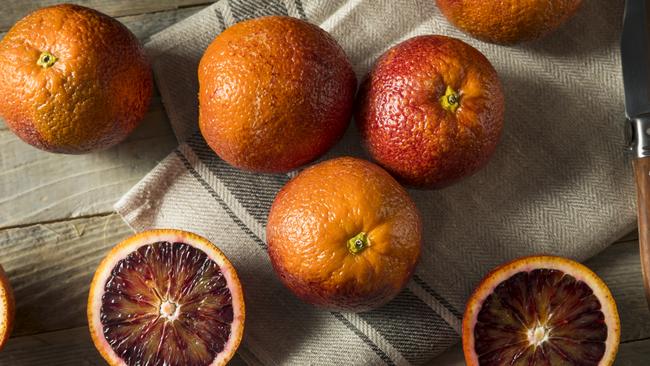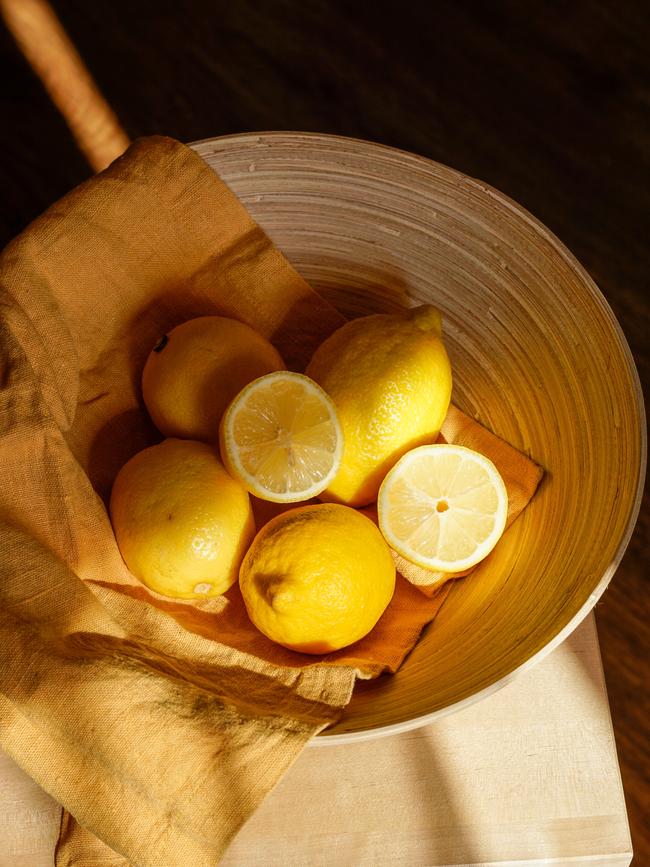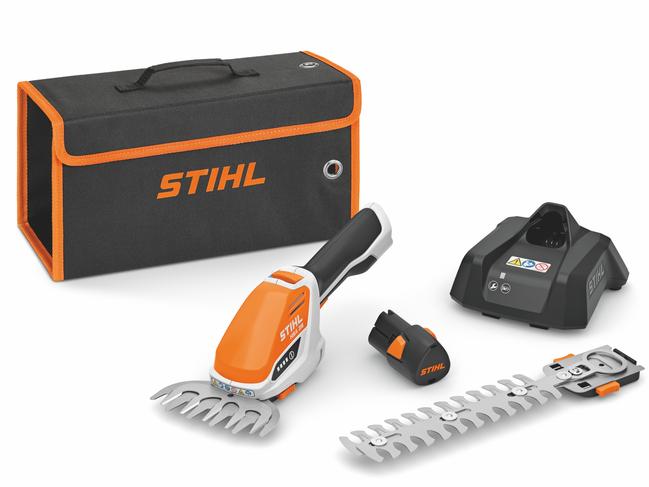Autumn is the ideal time to plant citrus
Pink grapefruit, blood oranges, blushing pink lemons … citrus are not only yellow and orange.

Pink grapefruit, blood oranges, blushing pink lemons … citrus are not only yellow and orange. The first pink-fleshed forms of grapefruit were developed in the early 1900s in Florida and have grown in popularity and colour intensity, being sweeter and arguably prettier. Newer red varieties such as ‘Star Ruby’, which is almost seedless, ‘Flame’ and ‘Rio Red’ surpass the pinks in colour, flavour and reliability. These medium-sized trees grow best in warm-temperate and subtropical regions with cool winters and warm to hot summers. The colour intensity of the flesh and rind varies with soil, location and weather.
In blood oranges, the intense crimson colour of the flesh and juice lives up to its name and the flavour has raspberry notes. They need a solidly cold winter and hot, dry summers – preferably with cool nights – to fully develop their brightest colour. ‘Arnold’ is a South Australian variety that can colour in warmer climates; ‘Tarocco Ippolito’ is an Italian variety with large, sweet fruit. While the deep colour of blood oranges comes from anthocyanins, the red pigments of the ‘Cara Cara’ orange come from lycopene, a carotenoid; it is not therefore classified as a true blood orange. The colour varies from pink to dark orange depending on conditions, and like all Navel oranges, ‘Cara Cara’ is seedless. All oranges store best on the tree, getting sweeter and juicier as they fully ripen. They don’t ripen further once picked.
Only one lemon has pink flesh. ‘Lemon Pinky’ is form of Eureka lemon with variegated cream and grey-green leaves, making it an attractive, small specimen treet. Its almost seedless fruit have light rose-coloured flesh.

Native finger limes come in a range of skin and flesh colours that include pink and red. The finger-sized fruit in autumn contain individual, round vesicles described as “pearls” or “citrus caviar” that pop in your mouth. ‘Rainforest Pearl’ is a popular variety with red flesh; others include ‘Byron Sunrise’, ‘Jali Red’, ‘Little Beauty’ and ‘Red Champagne’. They grow on small trees with long thorns, small leaves and a slightly weeping form – ideal habitat for small birds. They’re best in sub-tropical climates in dappled shade.
Red Centre lime, also called Australian Blood lime, is a cross between a Rangpur lime (itself a mandarin-lemon hybrid) and red-fleshed finger lime. The small, egg-shaped fruit have crimson skin and flesh that changes colour as the fruit ripens – from lemon to pinky orange and finally dark pink. The fruit has juice, unlike finger limes, and the individual vesicles are teardrop-shaped. The trees are similar in appearance to finger limes and grow best in subtropical or warm climates.
Autumn is the ideal time to plant citrus.
Q&A
Our large hibiscus produces masses of buds that mostly fall off before opening. What can we do?
Renate Handel, by email
Infestations of pests such as thrips, hibiscus flower beetle, mealybug and aphids will cause bud drop. Place yellow sticky traps nearby or use an organic pesticide such as Eco-Neem. Pick up and bin fallen buds. Other possible factors are sudden temperature changes, overly dry or wet soil, and over-fertilising.
Is there a quick way to remove my mum’s clumping bamboo? We’d like to replant the bed.
Lyndall Smith, by email
The roots are not deep or far spreading but they are dense and tough; digging it out is a difficult but not impossible task for a strong person with sharp tools. Fastest would be having the roots ground out by a professional stump remover. You need good access for these large machines, though. Remove the grindings and replace with new soil before replanting.

Which Australian plants would help make a steep, shale rock slope behind the house lush and green?
Dayana de Jager, Holmview, Qld
Mass plantings will look and perform better than single specimens. Assuming it’s partly shady, try bird’s nest ferns, Blechnum ferns, palm lilies (Cordyline petiolaris and C. stricta) and Crinum lilies. Clumps of flax lily (Dianella) and mat rush (Lomandra) varieties are excellent soil binders. For height use Queensland firewheel tree (Stenocarpus sinuatus) and Bangalow (Archontophoenix) and cabbage tree (Livistona) palms.
Send your questions to: helenyoungtwig@gmail.com or Helen Young, PO Box 3098, Willoughby North, NSW 2068. The best question for April wins the lightweight and compact battery Shrub Shears from Stihl worth $219.




To join the conversation, please log in. Don't have an account? Register
Join the conversation, you are commenting as Logout